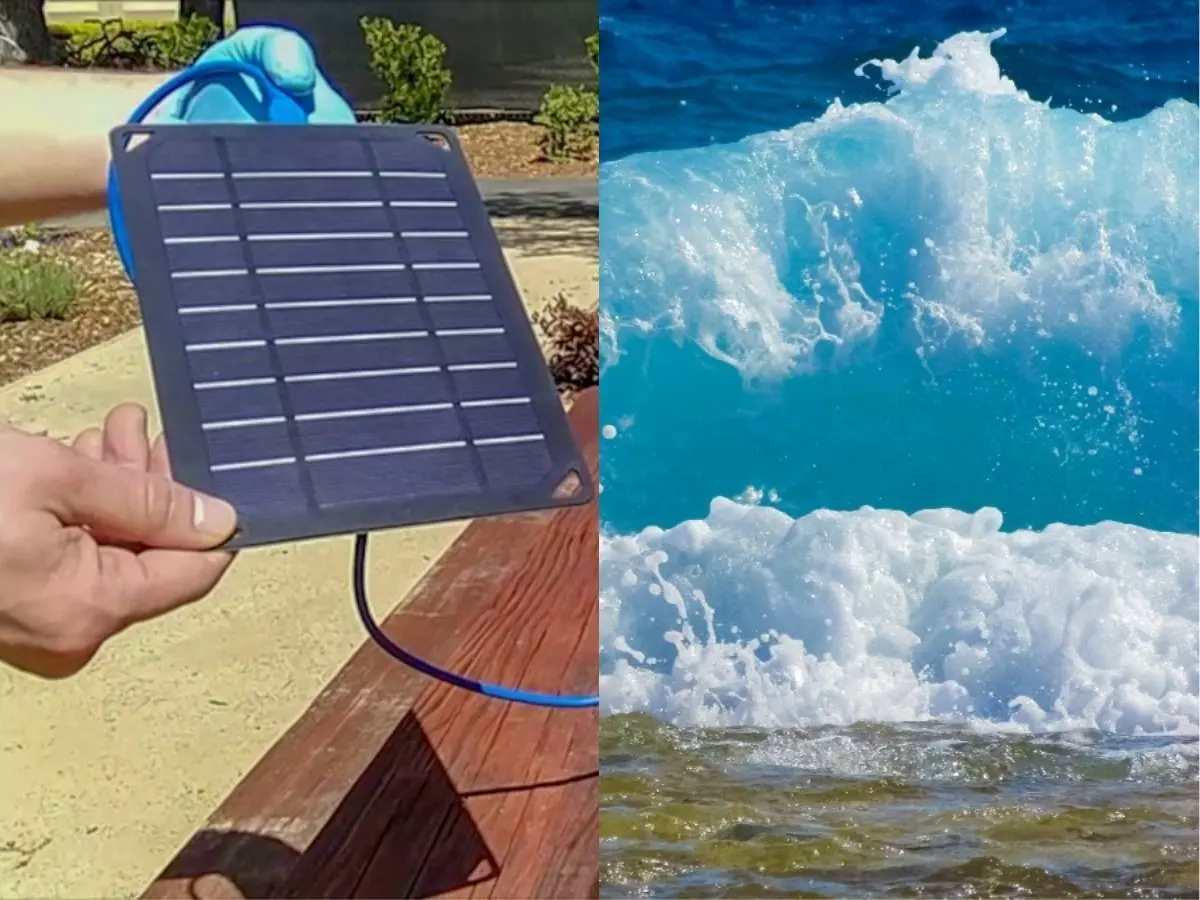Scientists Turn Seawater Into Hydrogen Fuel, In Amazing Discovery That Can Stop Climate Change
With climate change as big a problem as it is, we¡¯re always looking for ways to harness green and renewable energy. Now, a team of researchers at Stanford have figured out a way to turn plain seawater into hydrogen fuel opening up many possibilities.

With climate change as big a problem as it is, we're always looking for ways to harness green and renewable energy.
Now, a team of researchers at Stanford have figured out a way to turn plain seawater into hydrogen fuel opening up a world of possibilities.

PXhere
Electrolysis, the process of splitting water into hydrogen and oxygen atoms, is viewed as a promising possibility for generating renewable energy. This is because hydrogen is clean-burning, producing only water as a byproduct of its use. Unfortunately, one major problem is that you need to use purified water for the process, as seawater tends to corrode the electrodes. And purified water itself isn't exactly available in abundance, making this process unfeasibly expensive.
But thanks to a team at Stanford University, led by chemistry professor Hongjie Dai, there maybe a solution to the problem. They've discovered a way to use seawater for the process, by developing a method to stop the salt from corroding the device.
The team team layered nickel-iron hydroxide and nickel sulfide on top of a nickel foam core, basically creating a barrier to slow down the corrosion. Without the extra nickel coating, the device would only last about 12 hours through the electrolysis. With it however, it's good for more than a thousand hours.

Stanford University
While it's a promising development though, we're still a long way away from properly harnessing the oceans for energy. It'll take some time refining the electrolysis process to be more efficient, among other things, but it's at least a step on the way towards a greener future.
